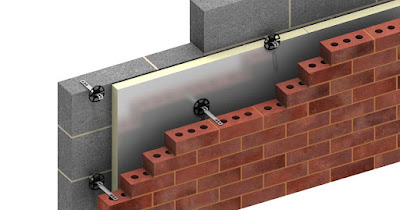Brick houses are being valued in a long run due to their
solid and stately look or appearance.
Most of the homeowners in UK prefer a home that has a brick exterior
over one side and with wood or vinyl on the other because of the long
durability of the brick. A wall concreted with bricks can easily withstand the
snow, sleet, rain, strong and heavy winds, and errant baseballs. A brick wall
is not prone to fire, insect damage, maintenance for the brick etc. But if
often requires other treatments that periodic painting, sealing and repairs of
the spots. For this reason we need to look out for the local builders merchant in UK for the repair of the brick wall
cracks.
No doubt, bricks are one of the most durable, long lasting
and strongest building materials that are being used over the times. Bricks
have enhanced resistance towards harsh weather conditions. The constituent
elements such as sand and lime are locally and easily available and these are
known for the finest environment friendly construction units. At the same point
of time, old masonry or buildings too require brick wall crack repair. In such situations, locating and searching for the new
compatible bricks may seem to be one of the most challenging tasks. With that,
it must be ensured that the size, fineness and the type of brick should also
compete with each other. If not, it will look patchy and will also destroy the
look of the brickwork.


